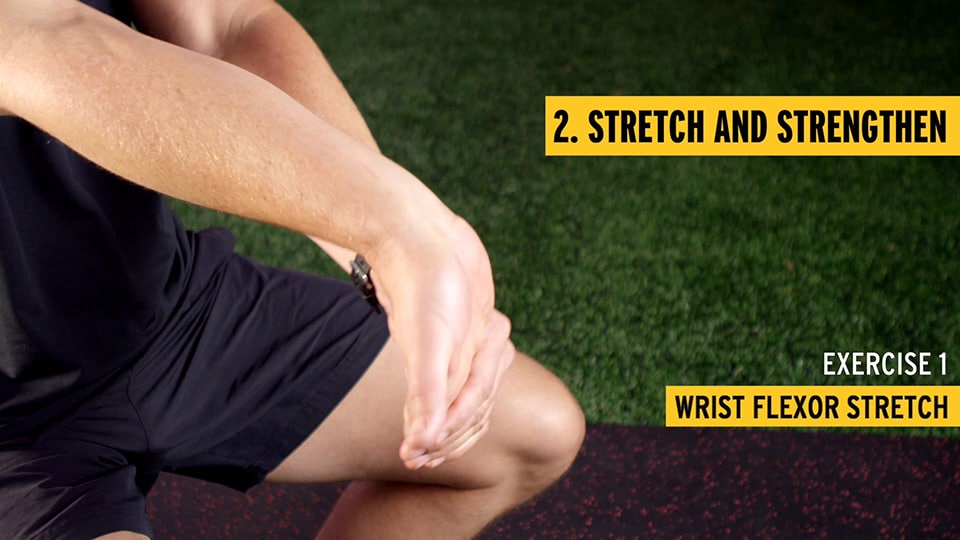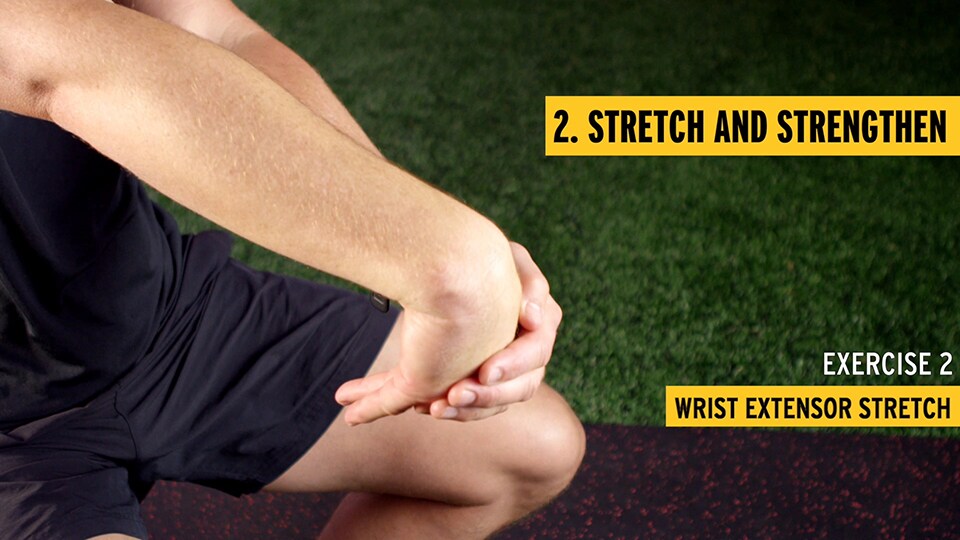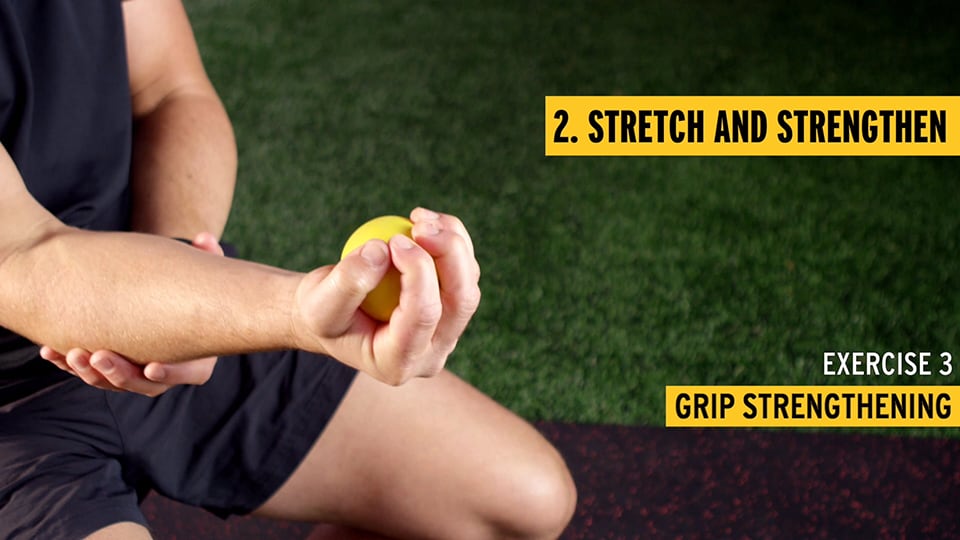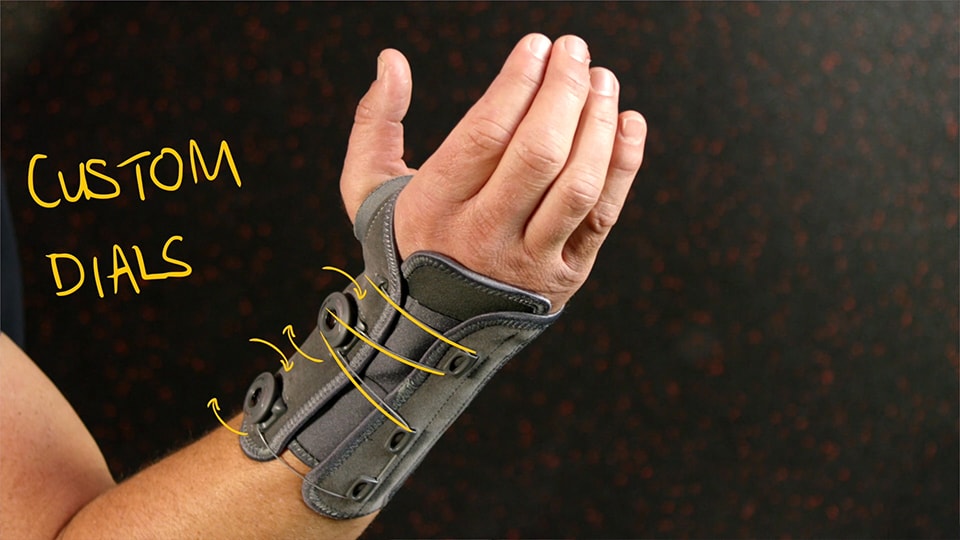-
Keep Moving: Carpal Tunnel Syndrome
-
Carpal Tunnel Syndrome is quite a common condition.
Here are some things that the Physiotherapist, Daniel Lawson recommends to his patients to help with Carpal Tunnel Syndrome and keep you out there doing what you love.
-
What is Carpal Tunnel Syndrome?
The Carpal Tunnel is a narrow passageway on the palm side of your wrist, made up of bones and ligaments.
Carpal Tunnel happens when the median nerve, which controls sensation and movement in the thumb and first 3 fingers, gets pinched and compressed. This causes the numbness, tingling, weakness and pain commonly felt with this condition.
Your Carpal Tunnel can swell or become narrowed for a variety of reasons. Aside from rest and ice, there are some stretching and strengthening exercises you can do as outlined below.
-
Exercise 1 : WRIST FLEXOR STRETCH

The first stretch is designed to loosen up the flexor muscles on the inside of your wrists and forearms. Keeping your flexor muscles stretched keeps them more flexible, lowering the chances of your median nerve being compressed in the Carpal Tunnel.
Hold each stretch for 15 to 30 seconds and repeat 2 to 4 times a day.
-
Exercise 2 : WRIST EXTENSOR STRETCH

The second stretch inversely targets the extensor muscles on the outside of your wrists and forearms. Having your extensor muscles stretched helps lower the chance of the median nerve being compressed in the Carpal Tunnel.
Hold each stretch for 15 to 30 seconds and repeat 2 to 4 times a day.
-
Exercise 3 : GRIP STRENGTHENING

This exercise is a strengthening exercise which focuses on your wrists and forearms. Be careful with this exercise, as it is more for use as a prevention and can aggravate an existing condition.
Start out with squeezing a stress ball tightly. Aim for between 5 to 10 reps. You should feel some fatigue in your forearms before you rest. If you are completing 10 reps easily, squeeze harder or hold for longer. Have a short rest and complete 2 to 3 sets, 2 to 3 times a day.
-
Support :

A wrist brace is another solution that may assist when you have Carpal Tunnel Syndrome, as it keeps your wrists in place to prevent further aggravation of your Carpal Tunnel whilst providing the necessary compression to bring the inflammation down.
Choose a brace that :
- Stabilises and provides a customised fit
- Allows you to adjust how tight it is at different points on your arm, wrist and forearm
- Provides compression on your wrist and Carpal Tunnel
Disclaimer:
- Please watch the video to view proper technique for each exercise.
- Please consult with your physiotherapist for exercises suited to your condition
Please provide valid UUID/Locale to performUnable to fetch content . Please contact FuzeAdmin.
Find Your Nearest Store
-

